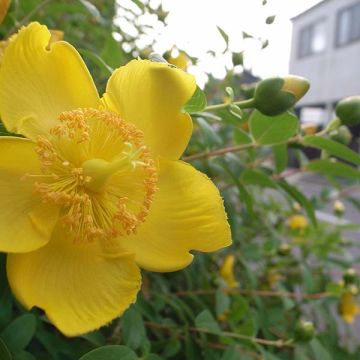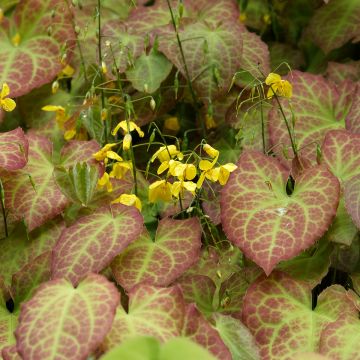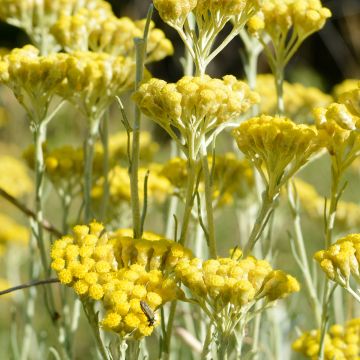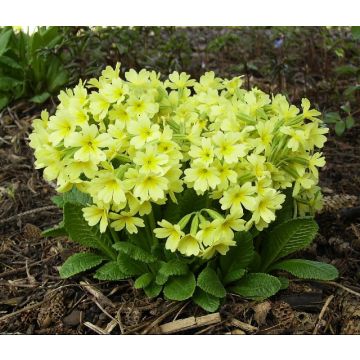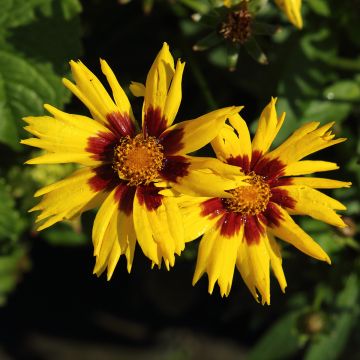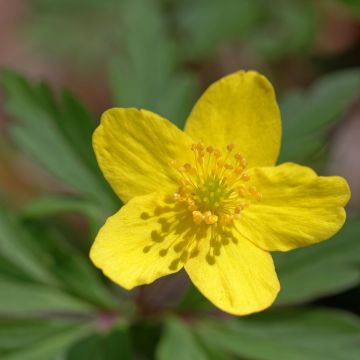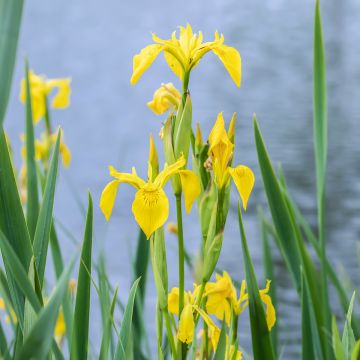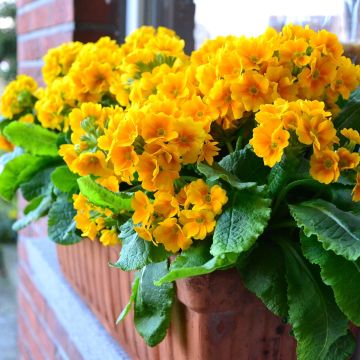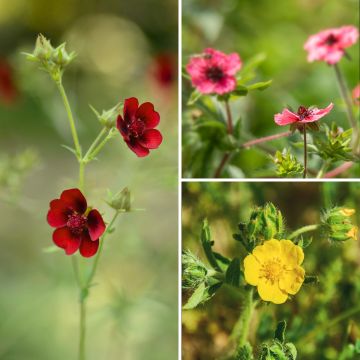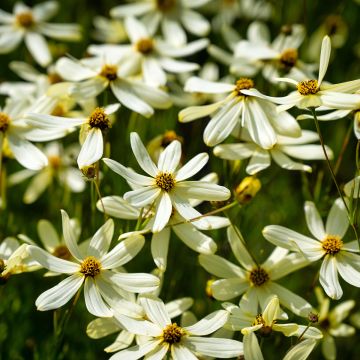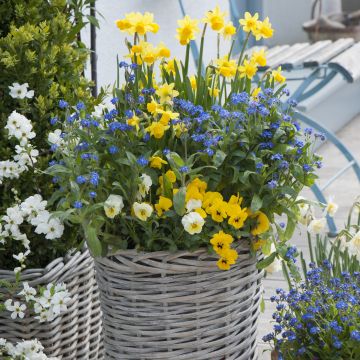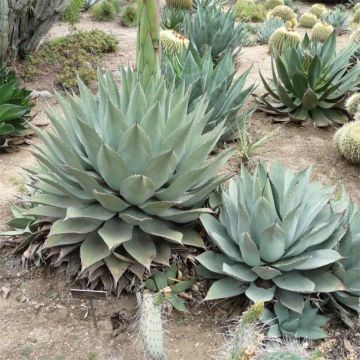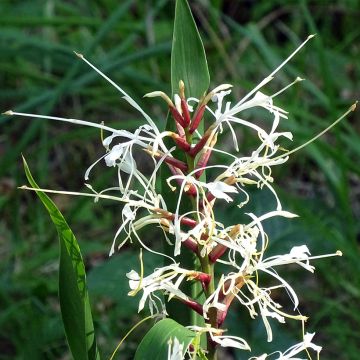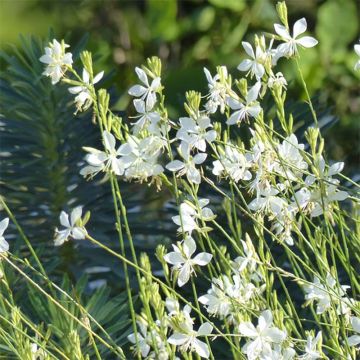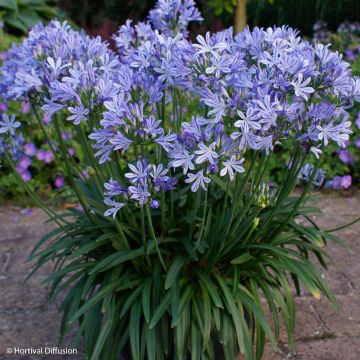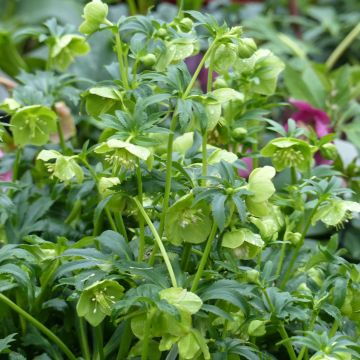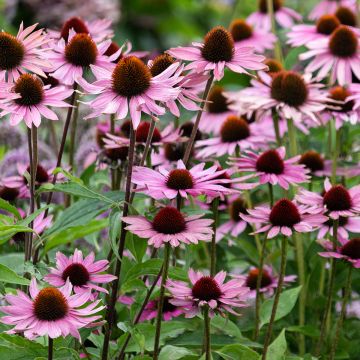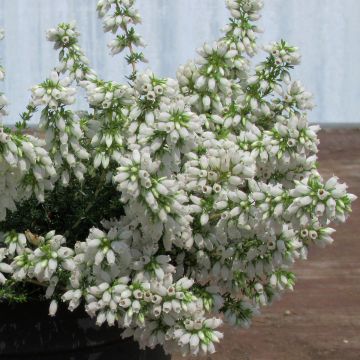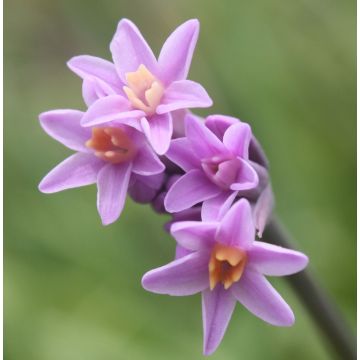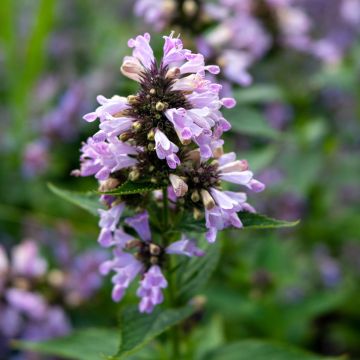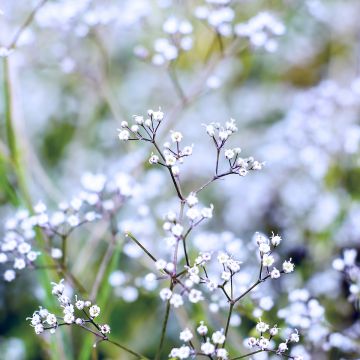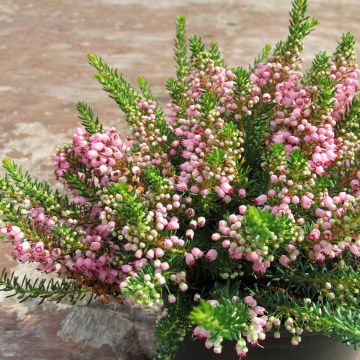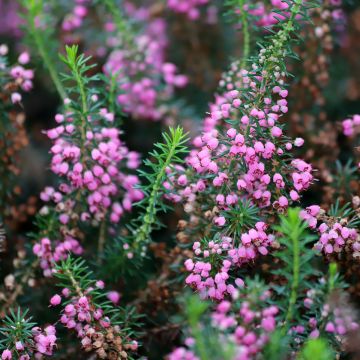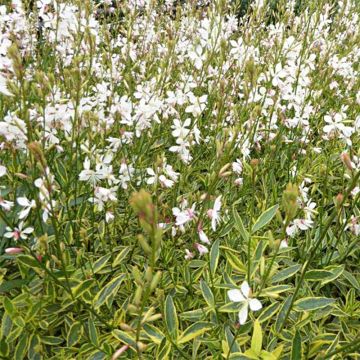Shipping country and language
Your country of residence may be:
Your country of residence is:
For a better user experience on our website, you can select:
Your shipping country:
Andorra
Austria
Belgium
Bulgaria
Canada
Chile
Croatia
Cyprus
Czechia
Denmark
Estonia
Finland
France
Germany
Greece
Hungary
Iceland
Ireland
Italy
Latvia
Lithuania
Luxembourg
Malta
Monaco
Netherlands
Poland
Portugal
Romania
Slovakia
Slovenia
Spain
Sweden
Switzerland
United Kingdom
We only deliver seed and bulb products to your country. If you add other products to your basket, they cannot be shipped.
Language:
French
German
Spanish
English
My Account
Hello
My wish lists
Plantfit
Log in / Register
Existing customer?
New customer?
Create an account to track your orders, access our customer service and, if you wish, make the most of our upcoming offers.
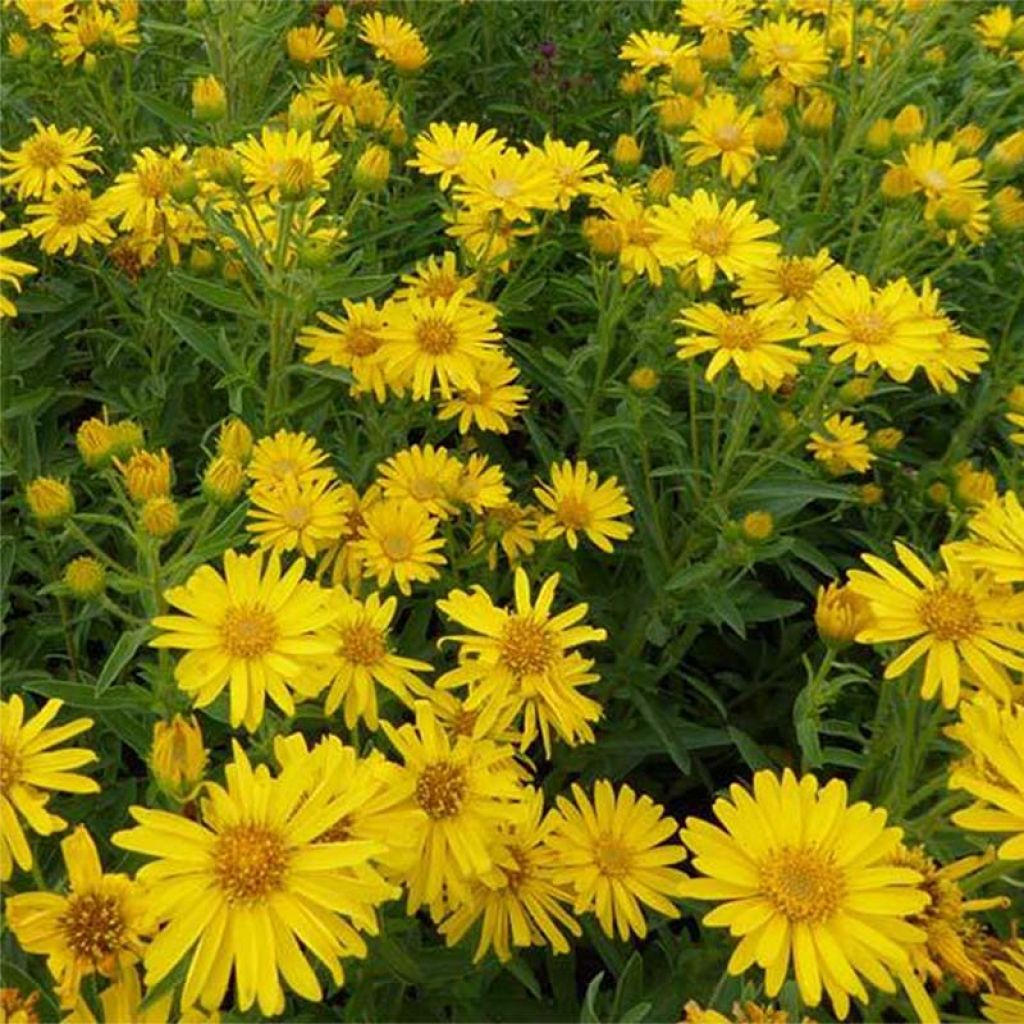

Heterotheca villosa Golden Sunshine - Hairy goldenaster
Heterotheca villosa Golden Sunshine - Hairy goldenaster
Heterotheca villosa Golden Sunshine
Hairy goldenaster
Very Satisfied
Freddy B., 04/10/2019
Why not try an alternative variety in stock?
View all →Order in the next for dispatch today!
Dispatch by letter from €3.90.
Delivery charge from €5.90 Oversize package delivery charge from €6.90.
More information
This item is not available in your country.
Schedule delivery date,
and select date in basket
This plant carries a 12 months recovery warranty
More information
We guarantee the quality of our plants for a full growing cycle, and will replace at our expense any plant that fails to recover under normal climatic and planting conditions.
From €5.90 for pickup delivery and €6.90 for home delivery
Express home delivery from €8.90.
Does this plant fit my garden?
Set up your Plantfit profile →
Description
Heterotheca villosa 'Golden Sunshine', with an unpronounceable name, is nothing but a Texas aster with a surprising yellow flowering. This perennial deserves to be better known and more widely used in gardens where the soil requires a very specific selection of plants that are not water-intensive. Blooming abundantly in late summer and autumn, at the same time as our summer asters, this very hardy plant shows a dense habit that is more or less spreading depending on the growing conditions, and narrow, hairy, and green-gray semi-evergreen foliage that is resistant to diseases. It requires well-drained soil, even rocky, poor, and dry.
The yellow aster belongs to the Asteraceae family. It is native to canyons and, more rarely, wetter areas of Texas, California, and New Mexico. The 'Golden Sunshine' variety, from which it originates, has a particularly abundant and bright flowering. This perennial shows a dense, spreading, and open tufted habit from spring onwards. It will reach a height of 30 to 60cm (12 to 24in) when in bloom, depending on the availability of food and water, and will spread over 50cm (20in), with fairly rapid growth. The very generous flowering takes place from August to October. The inflorescence is a head with peripheral ligulate flowers of intense golden yellow. The central flowers (the heart) are brown. Together, they form delicate corymbs composed of countless small daisies. The semi-evergreen leaves are narrow and elongated, pointed at their tips, with a dentate margin and slightly pubescent. This plant slowly spreads through ramified rhizomes and shows good longevity.
It is impossible to imagine our homes without aster beds or borders. This one is original, very resistant, and particularly undemanding. It is a perfect plant for gardens without gardeners, and for regions with dry and hot summers, as it can do without care and watering. It goes very well with all other plants in the bed, such as Heleniums, to which it bears a resemblance, Salvia microphylla, Limonium gmelinii subsp. hungaricum, Rudbeckia triloba, or the other aster that likes dry soils, Aster diplostephioides. This yellow aster will give its best when planted in groups of 3 to 5 plants, in large sunny beds, on large dry slopes, in the back of the garden that is never watered. It accompanies the autumn colours until the gates of winter. Worth trying and planting without any risk, other than getting a yellow bed. Suitable for most regions.
Heterotheca villosa Golden Sunshine - Hairy goldenaster in pictures
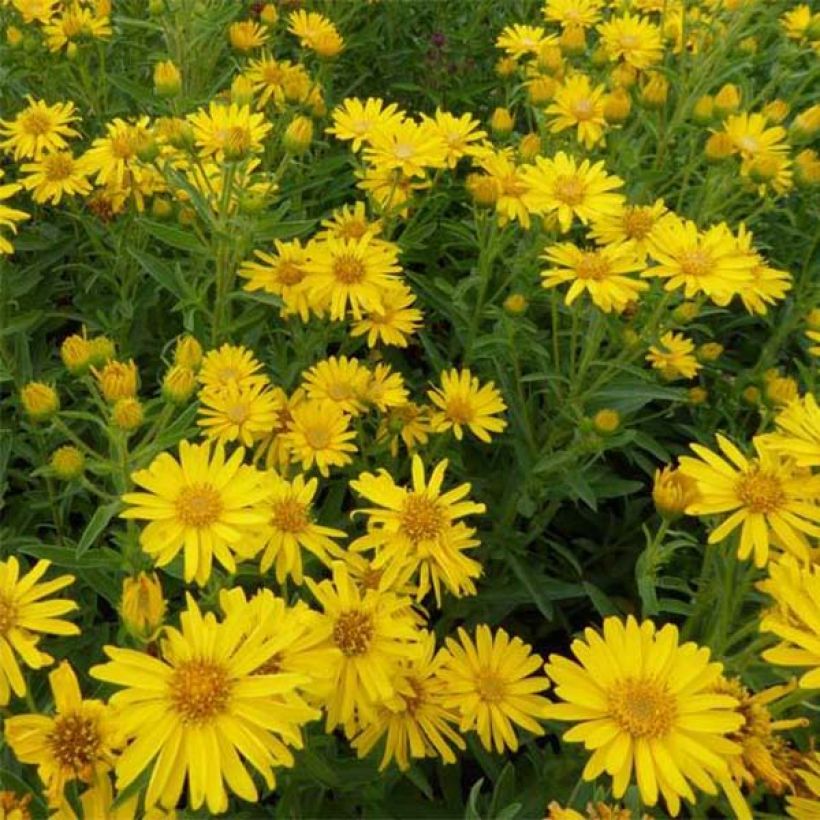

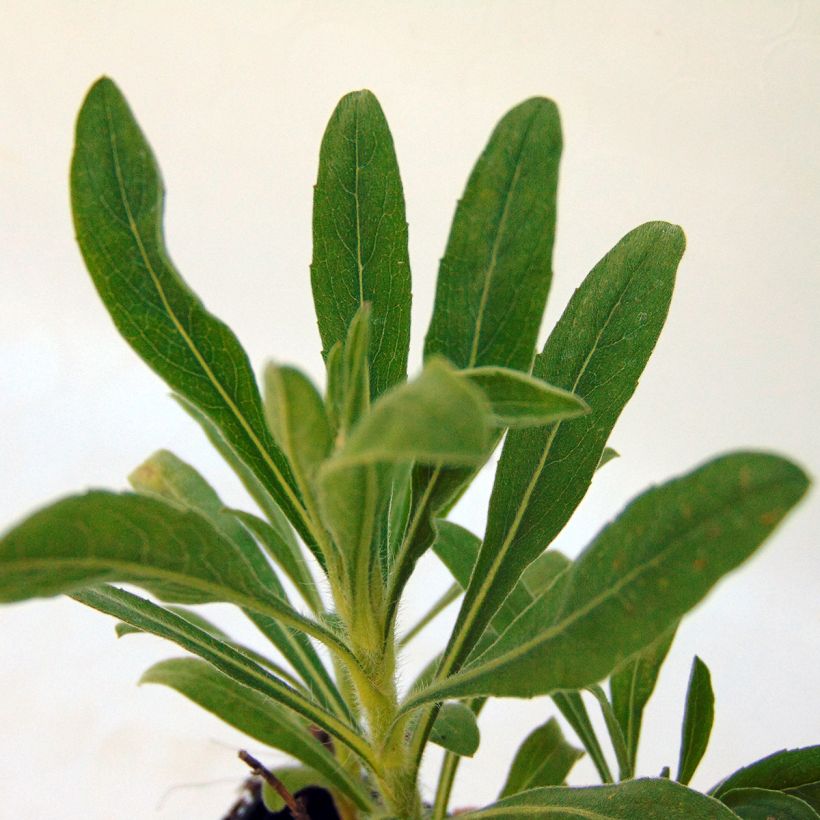

Flowering
Foliage
Plant habit
Botanical data
Heterotheca
villosa
Golden Sunshine
Asteraceae
Hairy goldenaster
North America
Other Perennials A to Z
Planting and care
The Yellow Aster thrives in rocky meadows and is not afraid of drought, cold, or dry, calcareous, and poor soils. It enjoys sunny exposures and requires a very well-drained soil, as it dreads heavy soils and waterlogged soils in winter. It is a perfect perennial for rock gardens, gravel gardens, and dry or montane gardens.
Planting period
Intended location
Care
- , onOrder confirmed
Reply from on Promesse de fleurs
Fast maturing perennials
Haven't found what you were looking for?
Hardiness is the lowest winter temperature a plant can endure without suffering serious damage or even dying. However, hardiness is affected by location (a sheltered area, such as a patio), protection (winter cover) and soil type (hardiness is improved by well-drained soil).

Photo Sharing Terms & Conditions
In order to encourage gardeners to interact and share their experiences, Promesse de fleurs offers various media enabling content to be uploaded onto its Site - in particular via the ‘Photo sharing’ module.
The User agrees to refrain from:
- Posting any content that is illegal, prejudicial, insulting, racist, inciteful to hatred, revisionist, contrary to public decency, that infringes on privacy or on the privacy rights of third parties, in particular the publicity rights of persons and goods, intellectual property rights, or the right to privacy.
- Submitting content on behalf of a third party;
- Impersonate the identity of a third party and/or publish any personal information about a third party;
In general, the User undertakes to refrain from any unethical behaviour.
All Content (in particular text, comments, files, images, photos, videos, creative works, etc.), which may be subject to property or intellectual property rights, image or other private rights, shall remain the property of the User, subject to the limited rights granted by the terms of the licence granted by Promesse de fleurs as stated below. Users are at liberty to publish or not to publish such Content on the Site, notably via the ‘Photo Sharing’ facility, and accept that this Content shall be made public and freely accessible, notably on the Internet.
Users further acknowledge, undertake to have ,and guarantee that they hold all necessary rights and permissions to publish such material on the Site, in particular with regard to the legislation in force pertaining to any privacy, property, intellectual property, image, or contractual rights, or rights of any other nature. By publishing such Content on the Site, Users acknowledge accepting full liability as publishers of the Content within the meaning of the law, and grant Promesse de fleurs, free of charge, an inclusive, worldwide licence for the said Content for the entire duration of its publication, including all reproduction, representation, up/downloading, displaying, performing, transmission, and storage rights.
Users also grant permission for their name to be linked to the Content and accept that this link may not always be made available.
By engaging in posting material, Users consent to their Content becoming automatically accessible on the Internet, in particular on other sites and/or blogs and/or web pages of the Promesse de fleurs site, including in particular social pages and the Promesse de fleurs catalogue.
Users may secure the removal of entrusted content free of charge by issuing a simple request via our contact form.
The flowering period indicated on our website applies to countries and regions located in USDA zone 8 (France, the United Kingdom, Ireland, the Netherlands, etc.)
It will vary according to where you live:
- In zones 9 to 10 (Italy, Spain, Greece, etc.), flowering will occur about 2 to 4 weeks earlier.
- In zones 6 to 7 (Germany, Poland, Slovenia, and lower mountainous regions), flowering will be delayed by 2 to 3 weeks.
- In zone 5 (Central Europe, Scandinavia), blooming will be delayed by 3 to 5 weeks.
In temperate climates, pruning of spring-flowering shrubs (forsythia, spireas, etc.) should be done just after flowering.
Pruning of summer-flowering shrubs (Indian Lilac, Perovskia, etc.) can be done in winter or spring.
In cold regions as well as with frost-sensitive plants, avoid pruning too early when severe frosts may still occur.
The planting period indicated on our website applies to countries and regions located in USDA zone 8 (France, United Kingdom, Ireland, Netherlands).
It will vary according to where you live:
- In Mediterranean zones (Marseille, Madrid, Milan, etc.), autumn and winter are the best planting periods.
- In continental zones (Strasbourg, Munich, Vienna, etc.), delay planting by 2 to 3 weeks in spring and bring it forward by 2 to 4 weeks in autumn.
- In mountainous regions (the Alps, Pyrenees, Carpathians, etc.), it is best to plant in late spring (May-June) or late summer (August-September).
The harvesting period indicated on our website applies to countries and regions in USDA zone 8 (France, England, Ireland, the Netherlands).
In colder areas (Scandinavia, Poland, Austria...) fruit and vegetable harvests are likely to be delayed by 3-4 weeks.
In warmer areas (Italy, Spain, Greece, etc.), harvesting will probably take place earlier, depending on weather conditions.
The sowing periods indicated on our website apply to countries and regions within USDA Zone 8 (France, UK, Ireland, Netherlands).
In colder areas (Scandinavia, Poland, Austria...), delay any outdoor sowing by 3-4 weeks, or sow under glass.
In warmer climes (Italy, Spain, Greece, etc.), bring outdoor sowing forward by a few weeks.
